A research team from the Faculty of Chinese Medicine, LKS, at the University of Hong Kong (HKUMed) has made a remarkable discovery: patients suffering from non-alcoholic fatty liver disease (commonly known as fatty liver disease) have excessive production in the liver of a liver hormone called fibroblast growth factor 21 (FGF21), which can accelerate the growth of breast cancer.
Fatty liver linked to breast cancer deterioration
The findings provide scientific evidence that validates the Traditional Chinese Medicine (TCM) theory of breast disease due to liver dysfunction and sheds light on the potential mechanisms underlying TCM treatments for breast-related conditions. The findings were published in the Cell Death and Disease magazine.
Breast cancer is the most common cancer among women in Hong Kong and worldwide. Ongoing research has revealed that breast cancer is a systemic disease, with etiology and pathogenesis potentially linked to multiple organs and tissues.
The liver is a key organ that plays a central role in the body’s energy metabolism, and the incidence of liver disease, such as fatty liver, has increased rapidly in recent years. Clinical studies have found that fatty liver disease is an independent risk factor, contributing to a higher incidence of breast cancer.
Patients with fatty liver have an approximately 1.4-fold increased risk of developing breast cancer, and the condition also negatively affects the malignancy of breast cancer. However, the direct impact and underlying mechanism of fatty liver on breast cancer remain unclear.
The influence of the liver on breast cancer is often underestimated due to other surrogate diseases, such as obesity, diabetes and hypertension, in breast cancer patients.
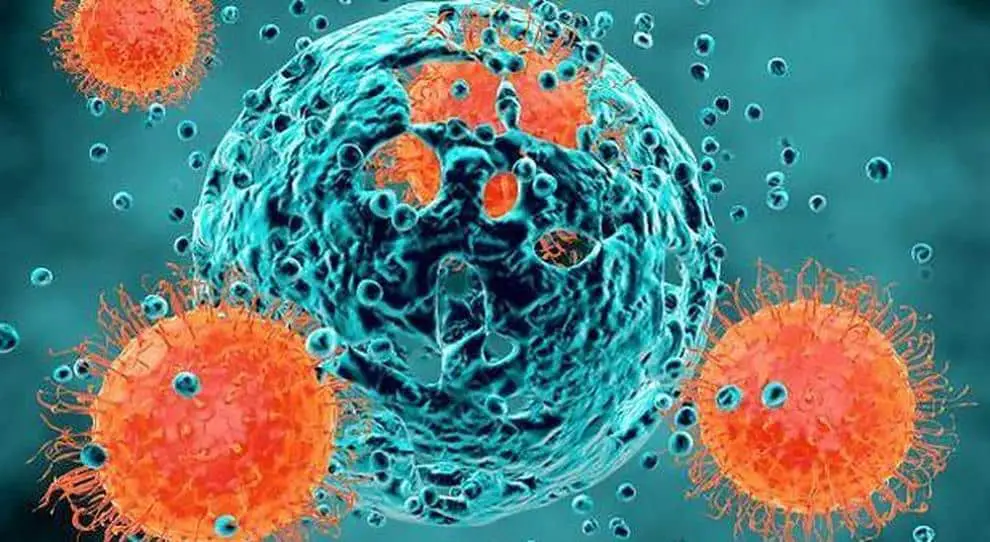
FGF21 is a hepatokine, a protein secreted by the liver. Recent research has found that fatty liver and other liver diseases are often associated with abnormal secretion of FGF21. This hormone can induce the development of various cancers, including liver, thyroid, and lung cancer. However, the specific role of FGF21 in breast cancer has not been mentioned in previous research.
A research team led by Dr. Chen Jianping, professor at the Faculty of Chinese Medicine, HKUMed, found that mice with fatty liver disease have overexpression and secretion of the hepatokine FGF21 in the liver.
The team conducted a study on oncogenic activity, which confirmed that excessive supplementation of exogenous FGF21 significantly accelerated the growth of mammary tumors in mice; while deletion of the FGF21 gene, on the contrary, weakened its effect.
In vitro cell model also revealed that liver cells in fatty liver could increase the proliferation of breast cancer cells, but this effect was reduced when FGF21 gene was removed from liver cells. According to mechanistic investigation, FGF21 can regulate signaling pathways related to breast cancer cell death, thus promoting breast tumor growth.
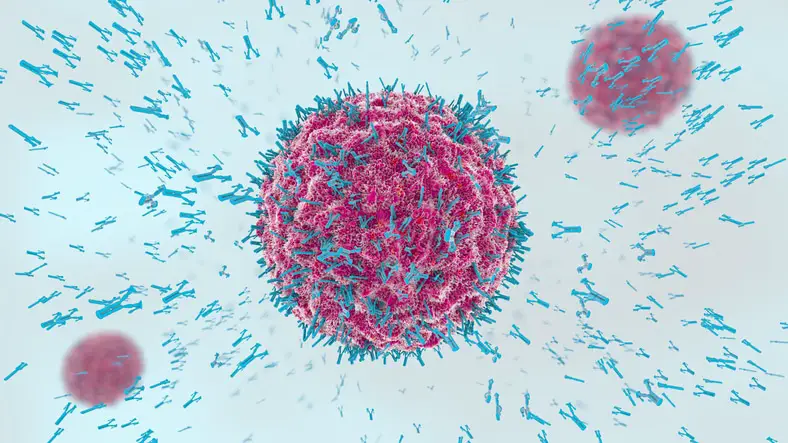
The researchers also analyzed tumor samples from patients with primary breast cancer and found higher FGF21 expression than normal breast tissue. Increased FGF21 expression was also associated with higher rates of recurrence and mortality in patients.
The study also found that excessive secretion of FGF21 by the liver in fatty liver disease could accelerate the growth of breast tumors, increase the resistance of tumor cells to cell death, and reduce the therapeutic efficacy of the chemotherapy drug Doxorubicin.
Clinical studies have shown that women with fatty liver disease have a significantly higher risk of breast cancer, highlighting the importance of liver health in preventing breast cancer in women and revealing the existence of the “liver-breast axis.”
Dr. Chen pointed out that there is a TCM theory that “breast disease is caused by liver dysfunction.” She said, “This TCM theory emphasizes the vital role of liver health in maintaining women’s breast health and the positive effect that liver health has on the treatment of breast cancer.
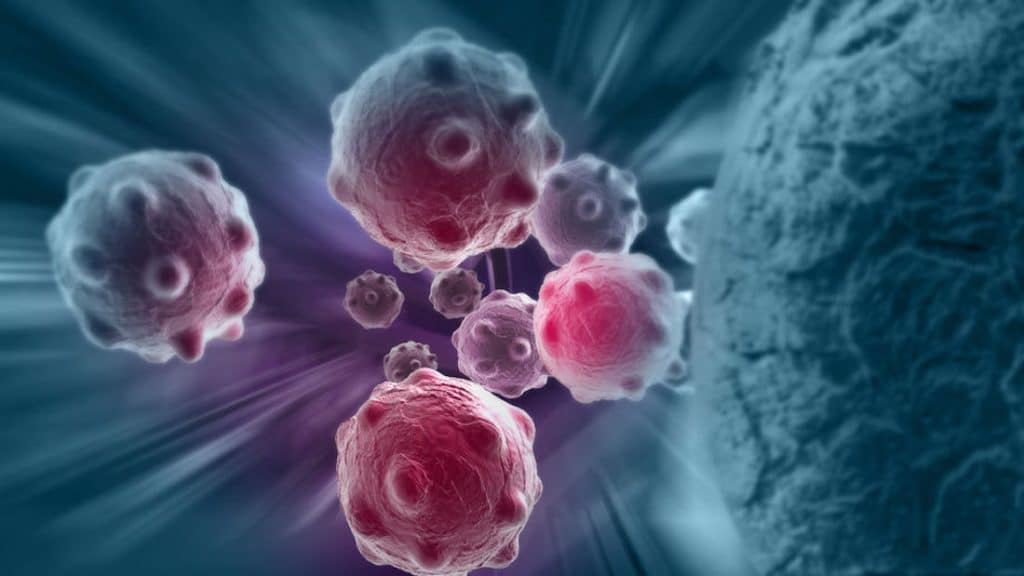
“This study provides scientific evidence for the existence of a ‘liver-breast axis’ at both the animal and cellular levels, supporting the clinical application of the traditional Chinese medicine theory of liver-related breast disease in the management of breast cancer.”
Dr. Chen added that the team plans to continue this study to further investigate the connection between the liver and the breast, with the goal of providing new insights and approaches that will improve the understanding of the etiology and pathogenesis of breast cancer, as well as the development of new treatments and clinical measures for the prevention of breast cancer.
Breast Cancer Risk Assessment
The genetic risk of breast cancer has been in the spotlight lately. Researchers at the Mayo Clinic Comprehensive Cancer Center are working to pinpoint an individual’s risk of developing breast cancer.
The discovery of the BRCA1 and BRCA2 genes in the 1990s led to the discovery that many women were at high risk of developing breast cancer. Since then, more than a dozen other breast cancer genes have been identified, but the risks associated with them have been much less certain.
Mayo Clinic research has filled critical gaps in understanding how these genes predispose women to disease.
Breast cancer is typically divided into four major molecular subtypes: triple-negative, HER2-positive, luminal A, and luminal B, each with varying degrees of aggressiveness and response to treatment. Through an industry collaboration with a genetic testing company, Mayo Clinic researchers analyzed test results from nearly 55,000 breast cancer patients and found that different breast cancer genes appear to drive each of the different subtypes.
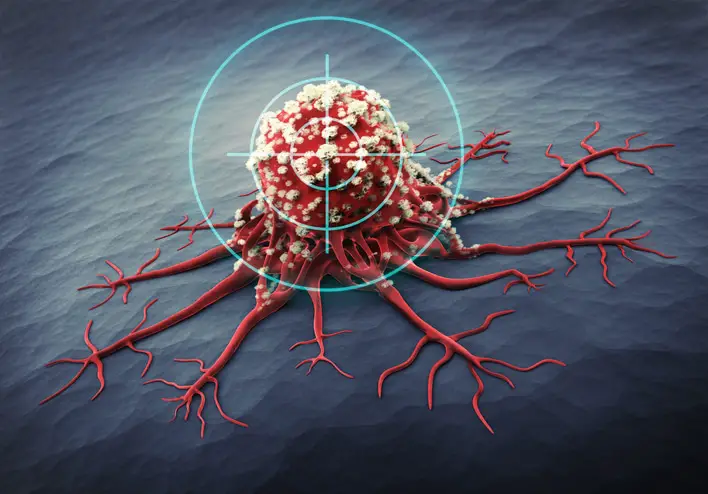
Mayo Clinic researchers and nearly 60 other researchers have published a landmark study in the New England Journal of Medicine that provided more accurate risk estimates for 28 different breast cancer genes and found that 16 of the 28 genes previously thought to play a role in breast cancer did not increase women’s risk of the disease.
Women newly diagnosed with breast cancer often want to know what the chances are that the disease will spread to the other breast or other parts of the body.
Using data from the Cancer Risk Estimates Related to Susceptibility (CARRIERS) consortium, Mayo Clinic researchers determined the risks that women who carried different germline gene mutations had of developing cancer in both breasts, known as contralateral breast cancer. For example, they found that ATM mutation carriers did not have a significantly elevated risk of contralateral breast cancer, while those with BRCA1, BRCA2, and CHEK2 mutations had double the risk.
Breast Cancer in Men
Breast cancer can be thought of as a disease that only affects women. It is the second most common cancer diagnosed in women in the United States and will affect one in eight women, according to the American Cancer Society. Much of the messaging about breast cancer research focuses on the disease in women. However, breast cancer can also occur in men.
According to the American Cancer Society, approximately 2,800 new cases of invasive breast cancer in men will be diagnosed in the United States this year, and approximately 530 men will die from the disease. Men diagnosed with early-stage breast cancer have a good chance of recovery.
Signs and symptoms of male breast cancer may include:
•A painless lump or thickening in the breast tissue.
•Changes in the skin covering the breast, such as dimpling, puckering, redness, or peeling.
•Changes to the nipple, such as redness or flaking, or the nipple starting to curve inward.
•Nipple discharge.
Factors that increase the risk of male breast cancer include:
Advanced age. The risk of breast cancer increases with age. Male breast cancer is most often diagnosed in men in their 60s.
Estrogen exposure. If you take estrogen-related drugs, such as those used for hormone therapy for prostate cancer, your risk of breast cancer increases.
Family history of breast cancer. If you have a close family member with breast cancer, you are more likely to develop the disease.
Klinefelter syndrome. This genetic syndrome occurs when boys are born with more than one copy of the X chromosome. Klinefelter syndrome can negatively affect the growth of the testicles, resulting in smaller-than-normal testicles, which can lead to less testosterone production.
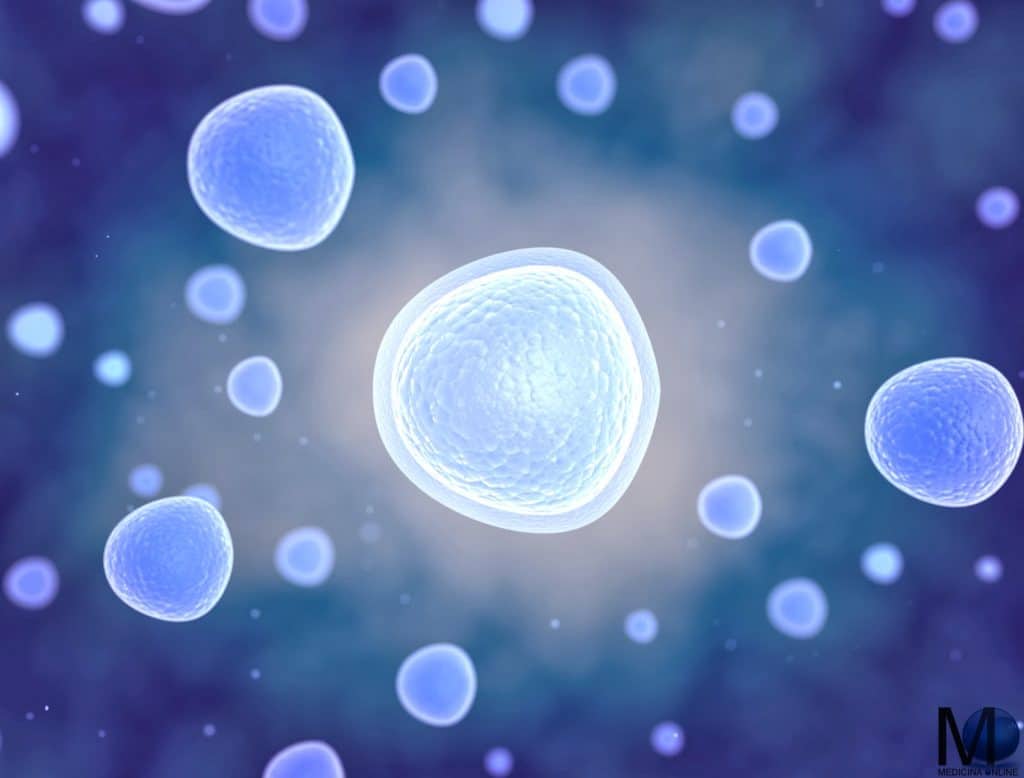
•Liver disease. Certain conditions, such as cirrhosis of the liver, can reduce male hormones and increase female hormones, increasing the risk of breast cancer.
•Obesity. Obesity is associated with higher levels of estrogen in the body, which increases the risk of male breast cancer.
•Testicular disease or surgery. Having inflamed testicles or having surgery to remove a testicle can increase your risk of male breast cancer.
Some men inherit mutated genes from their parents that increase their risk of breast cancer. Mutations in one of several genes, particularly a gene called BRCA2, put you at increased risk of developing breast and prostate cancer.
If you have a strong family history of cancer, talk to your healthcare team. They may recommend that you meet with a genetic counselor to discuss genetic testing to see if you carry genes that increase your risk of cancer.
Treatment for male breast cancer often involves surgery to remove the tumor and surrounding breast tissue. Radiation therapy, hormone therapy, and chemotherapy may also be recommended. If you have been diagnosed with breast cancer, your treatment will be based on the stage of the cancer, your overall health, and your preferences.
#Breast #Cancer #Fatty #Liver #Accelerate #Growth